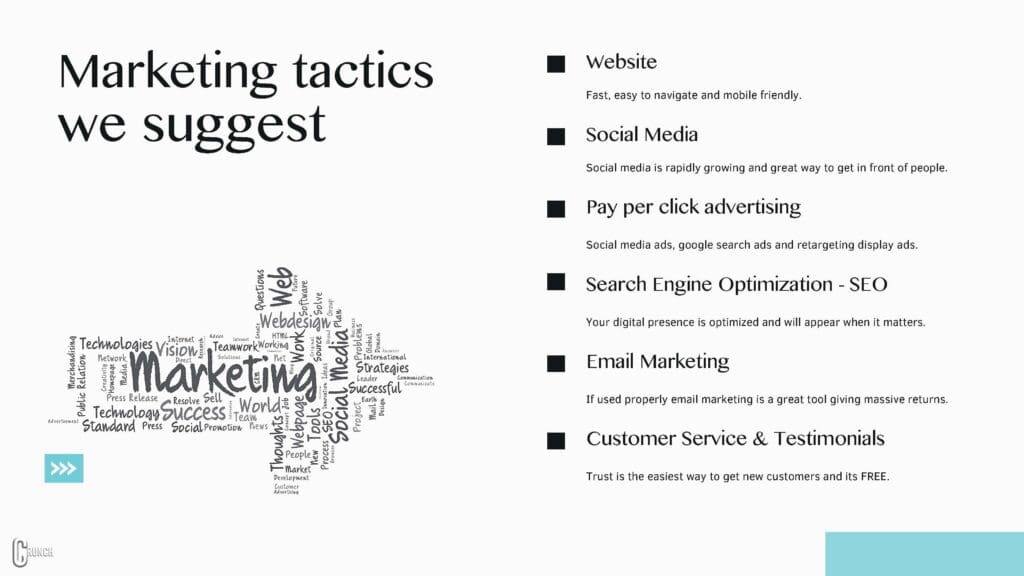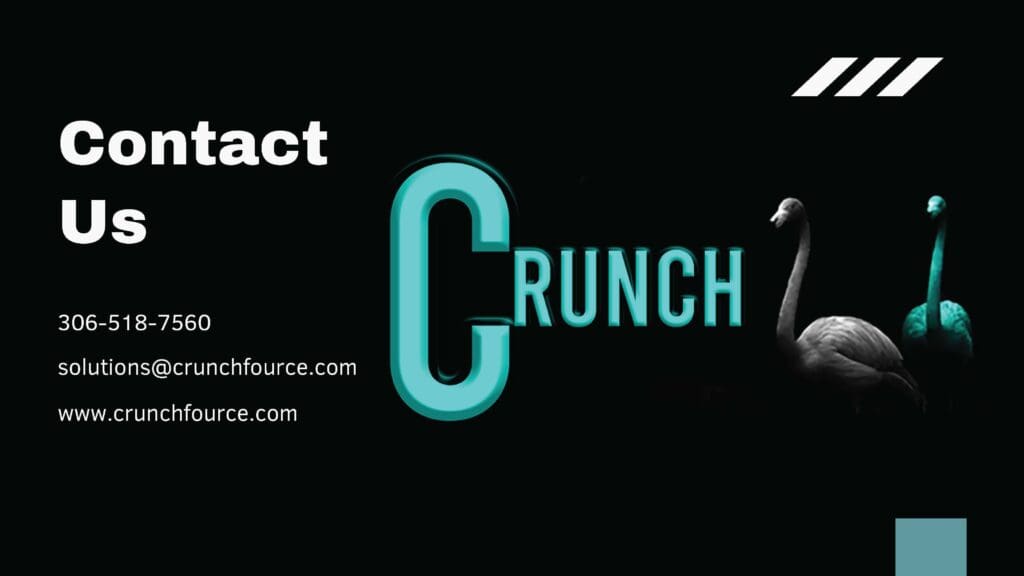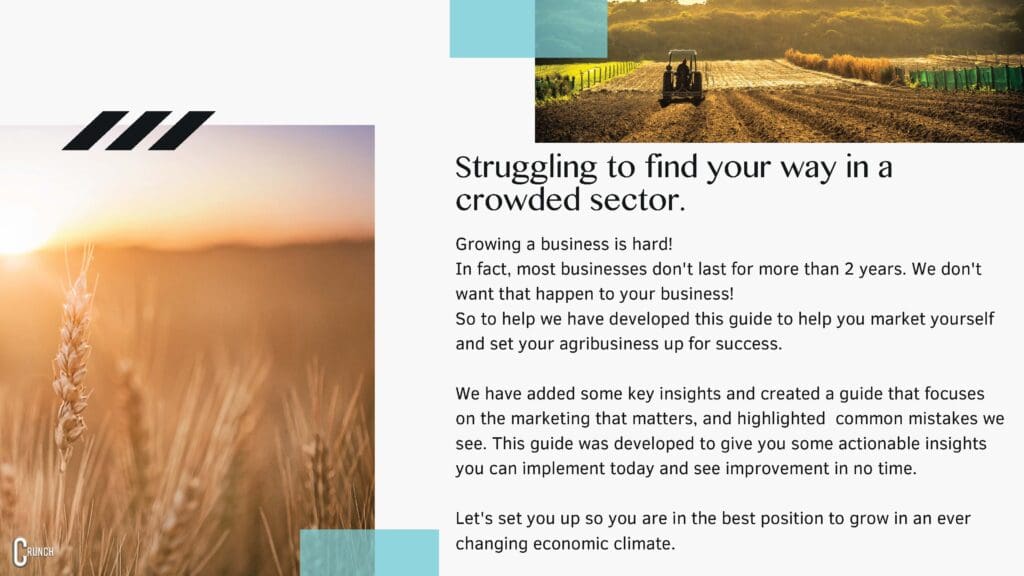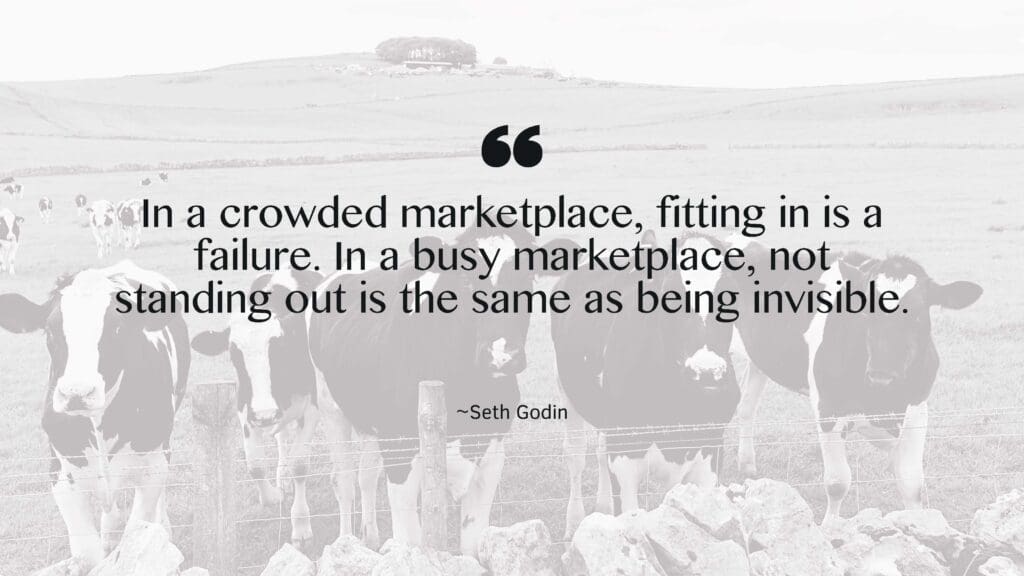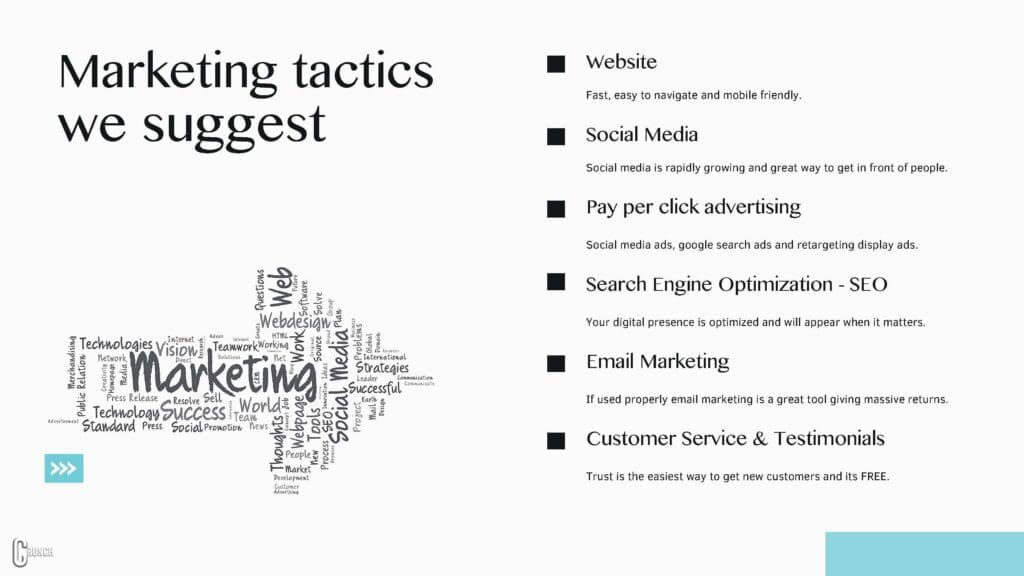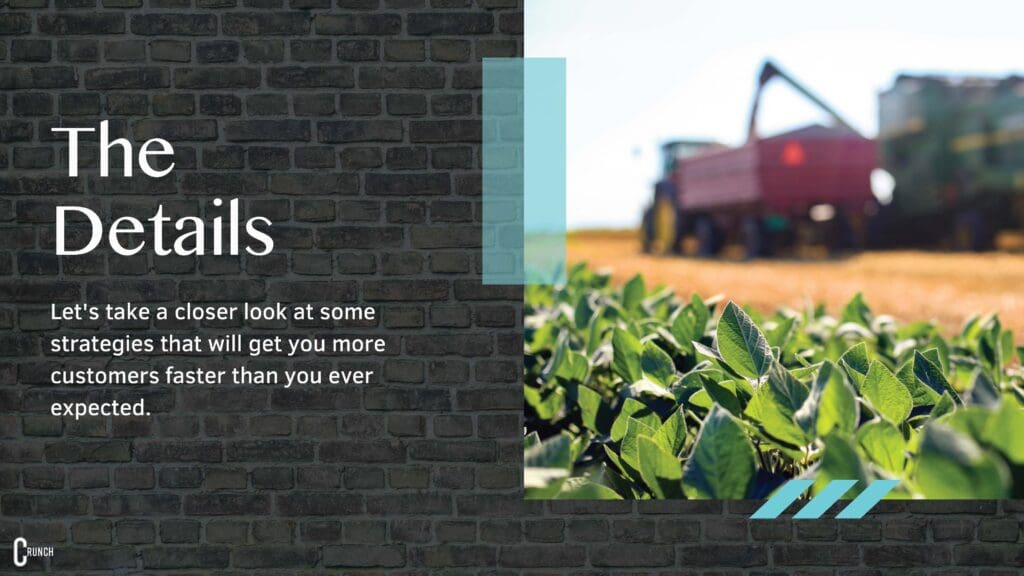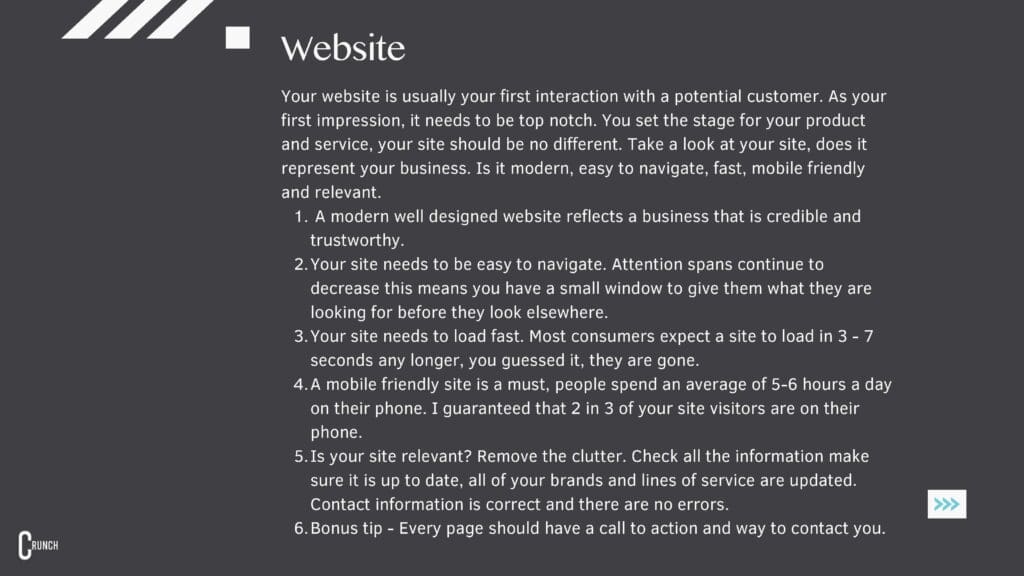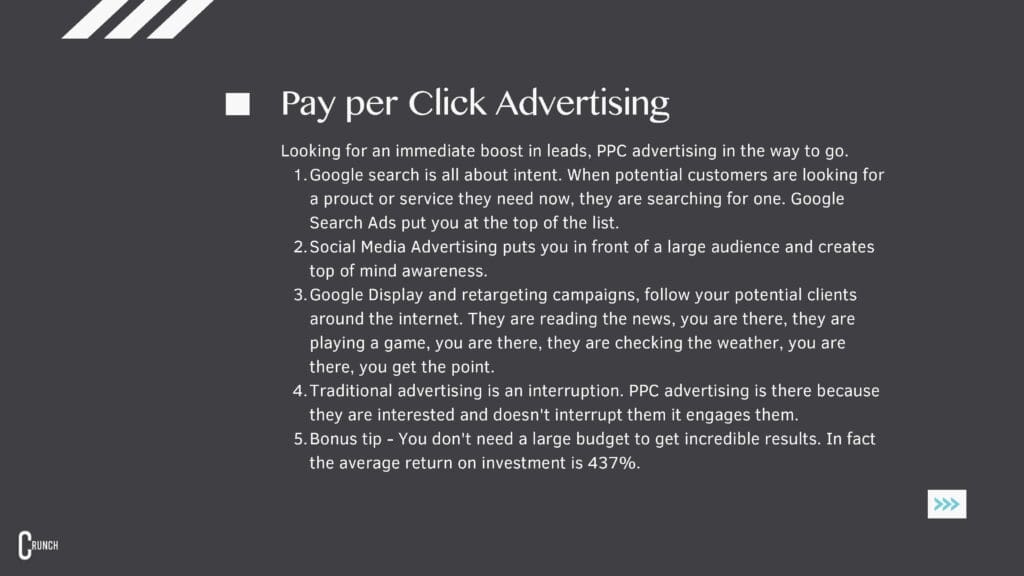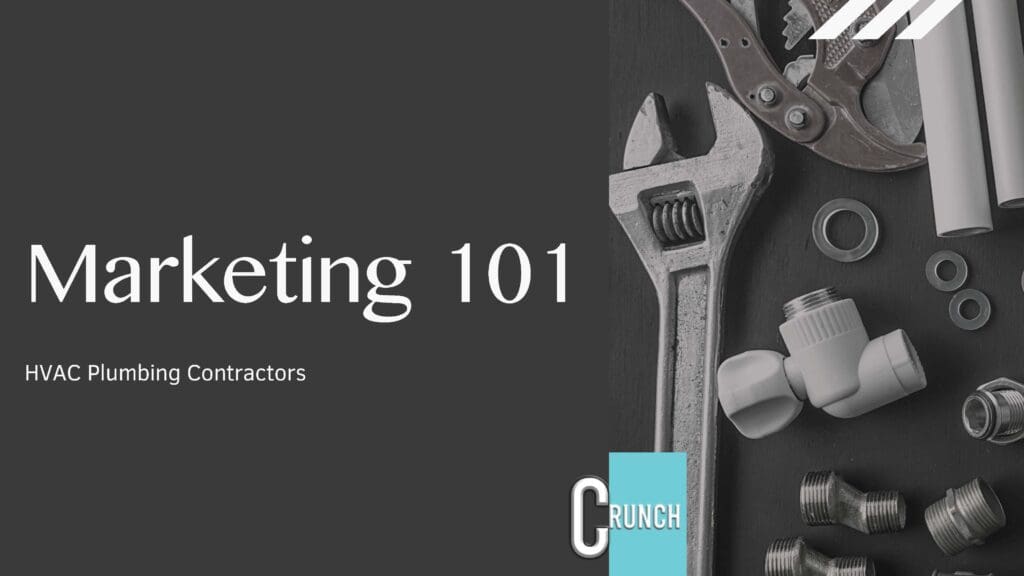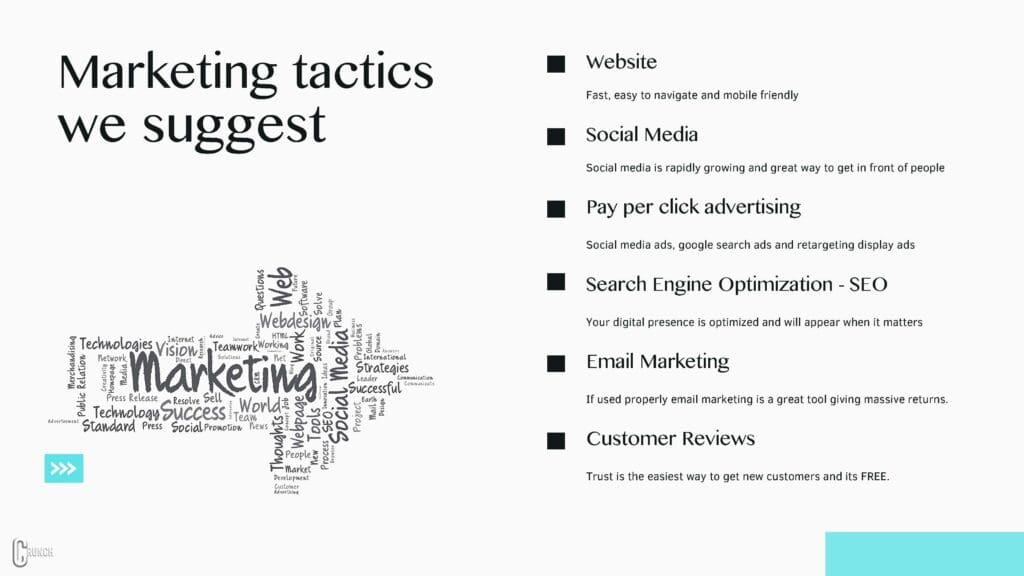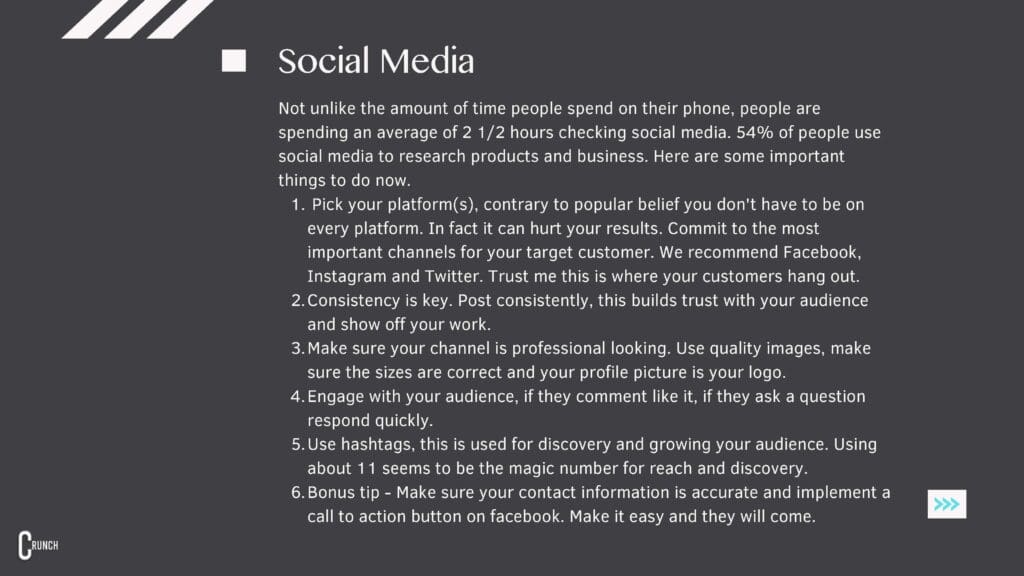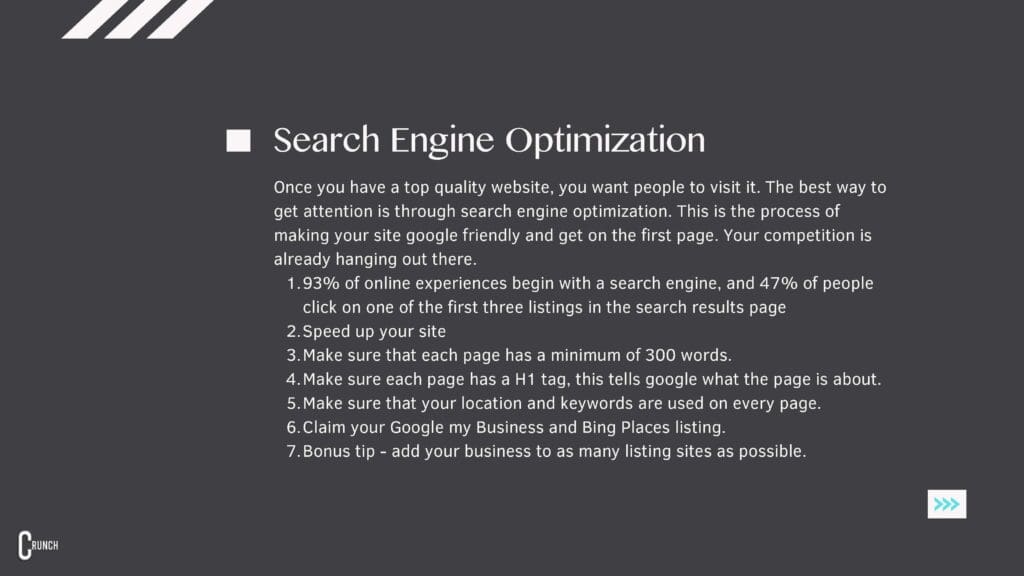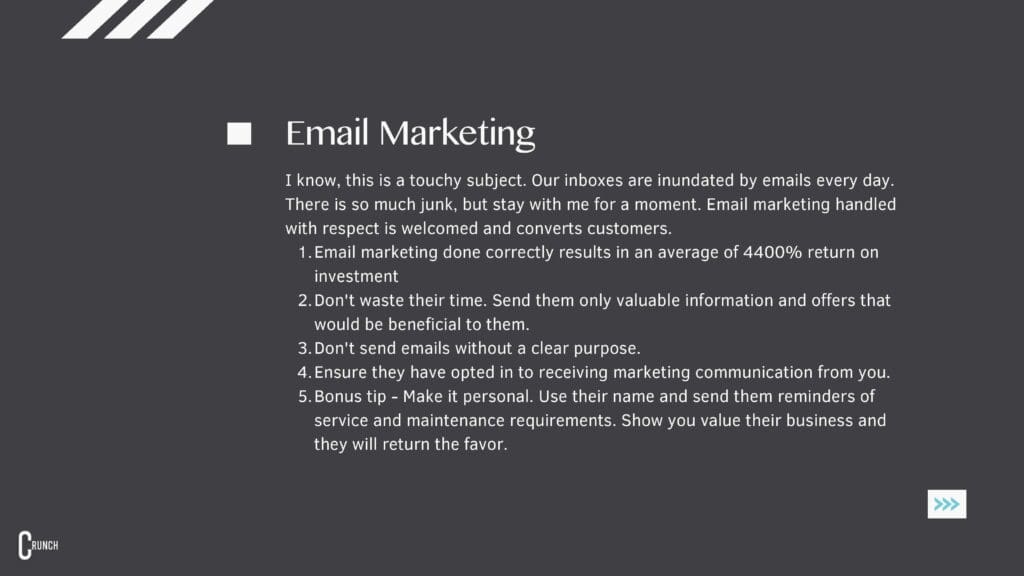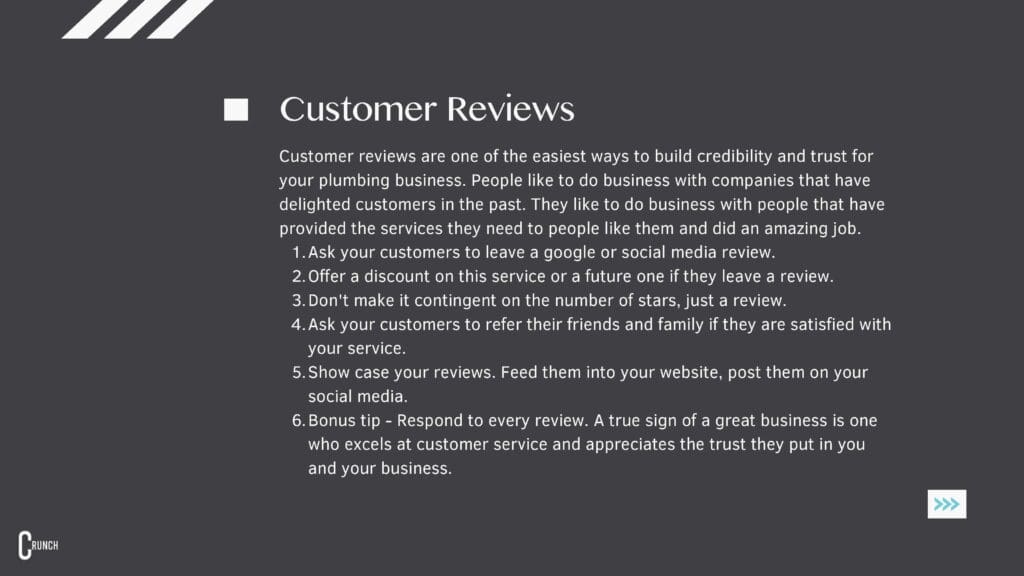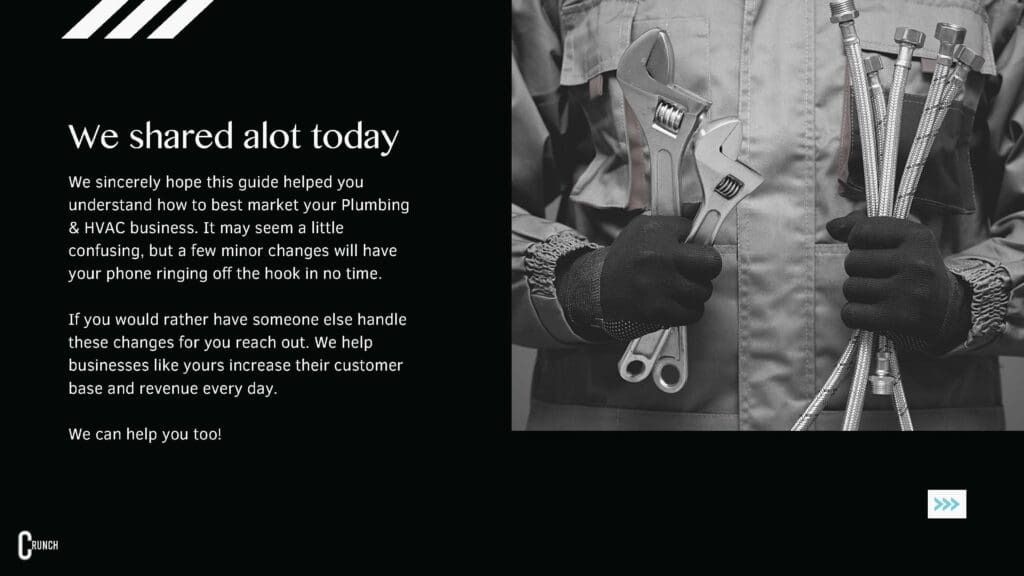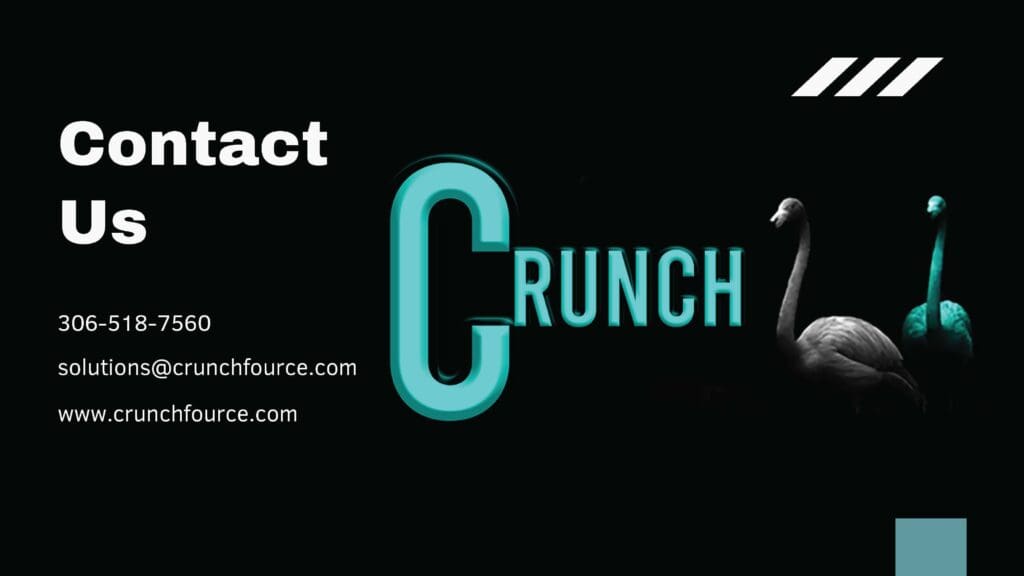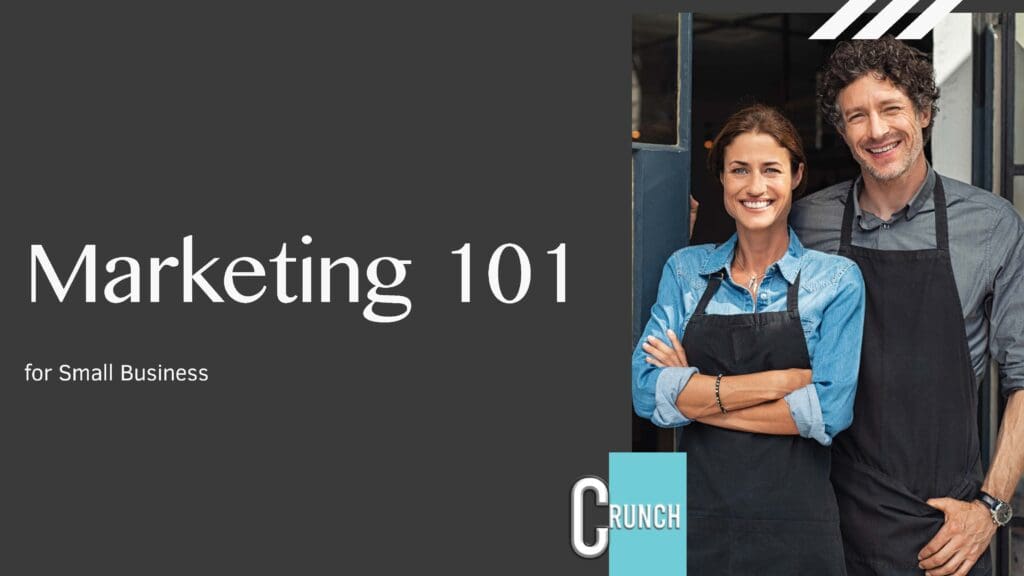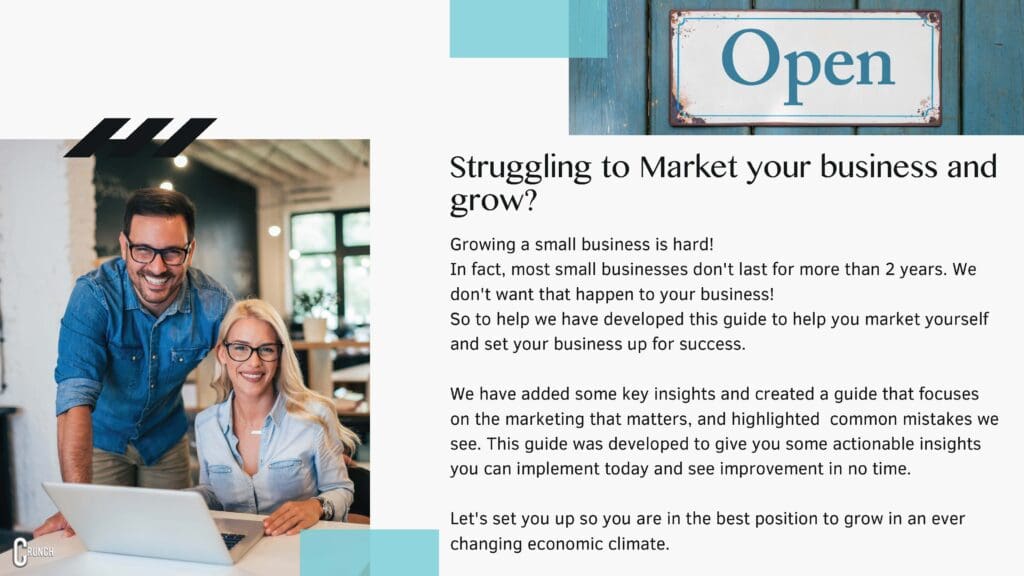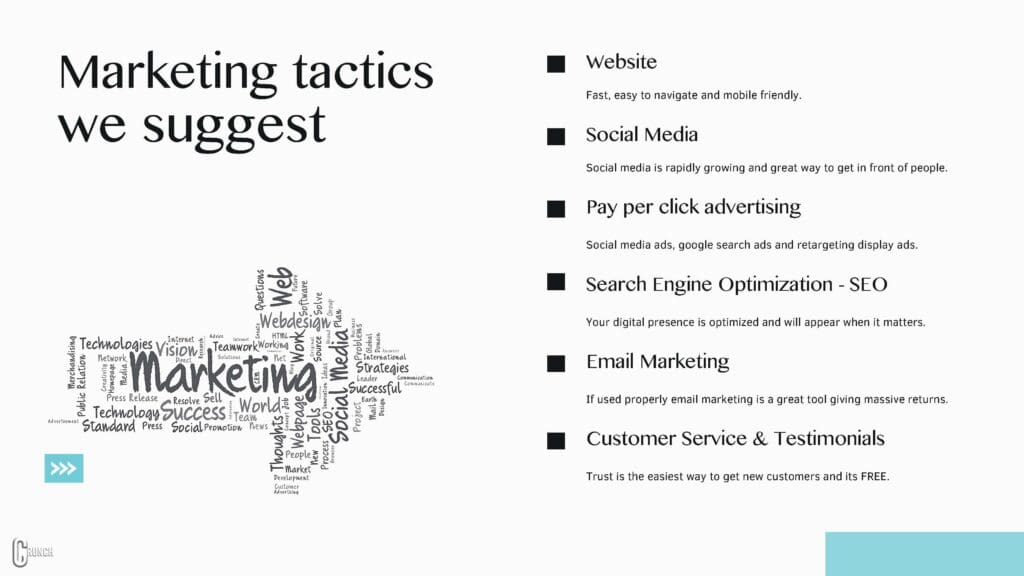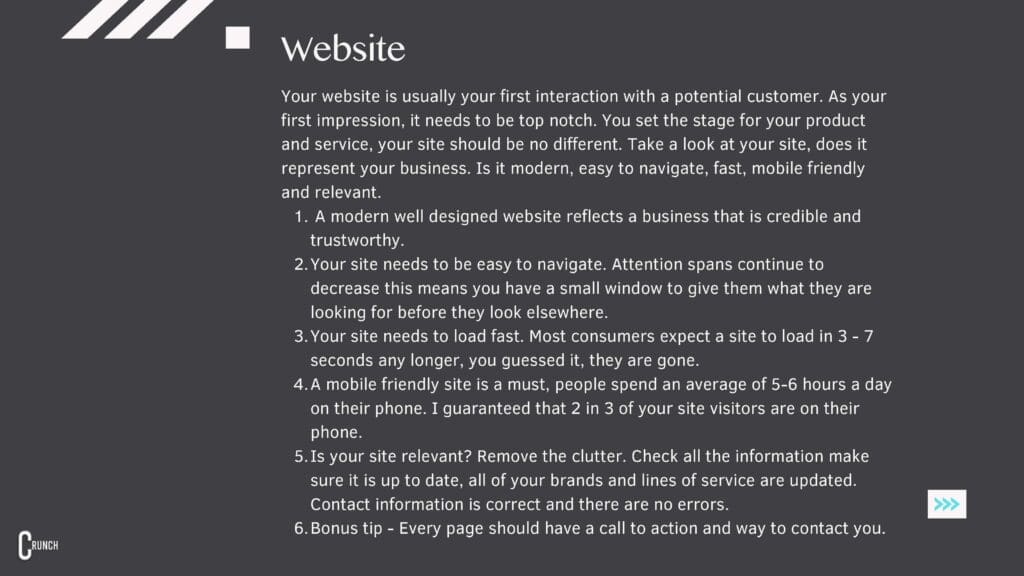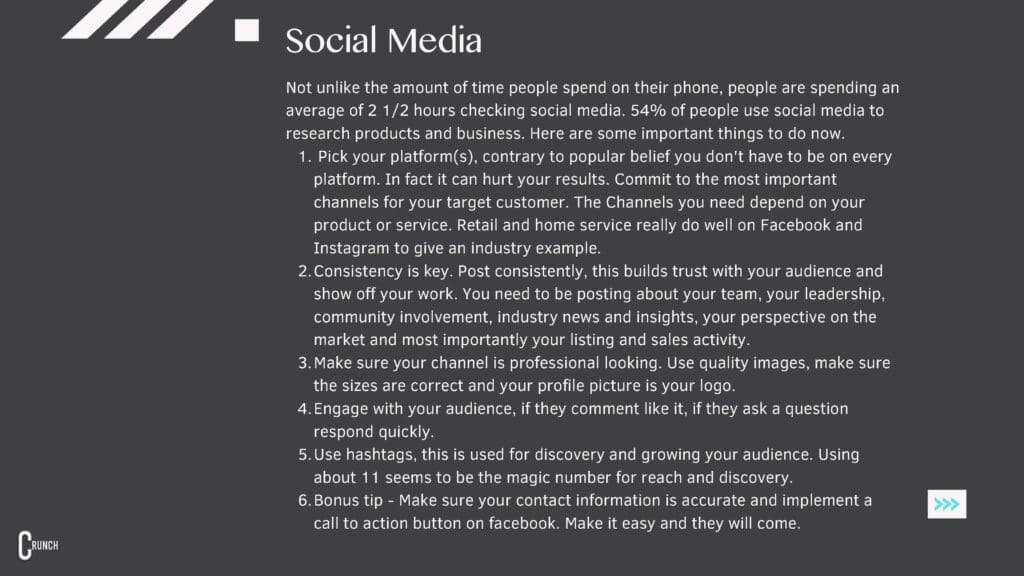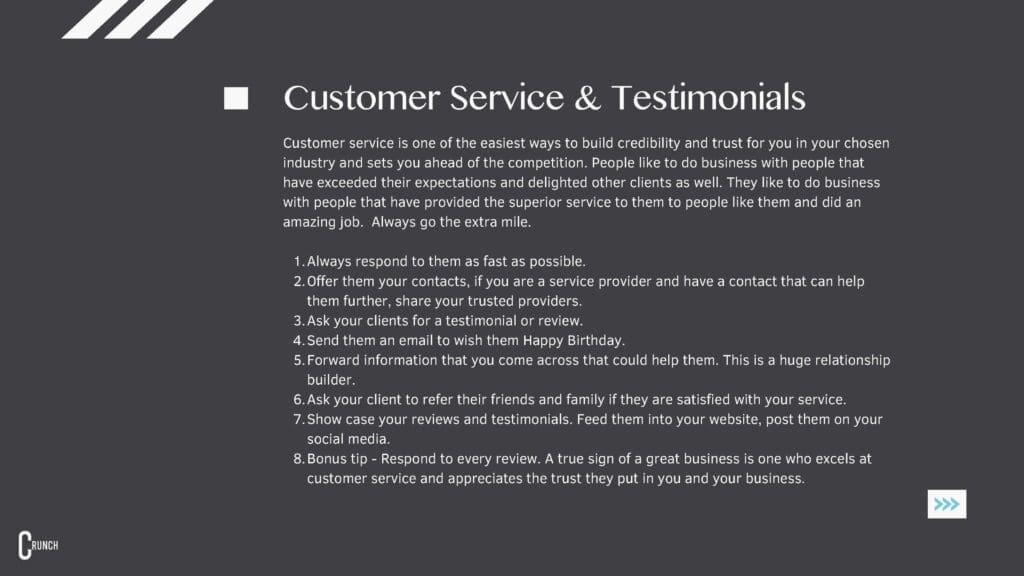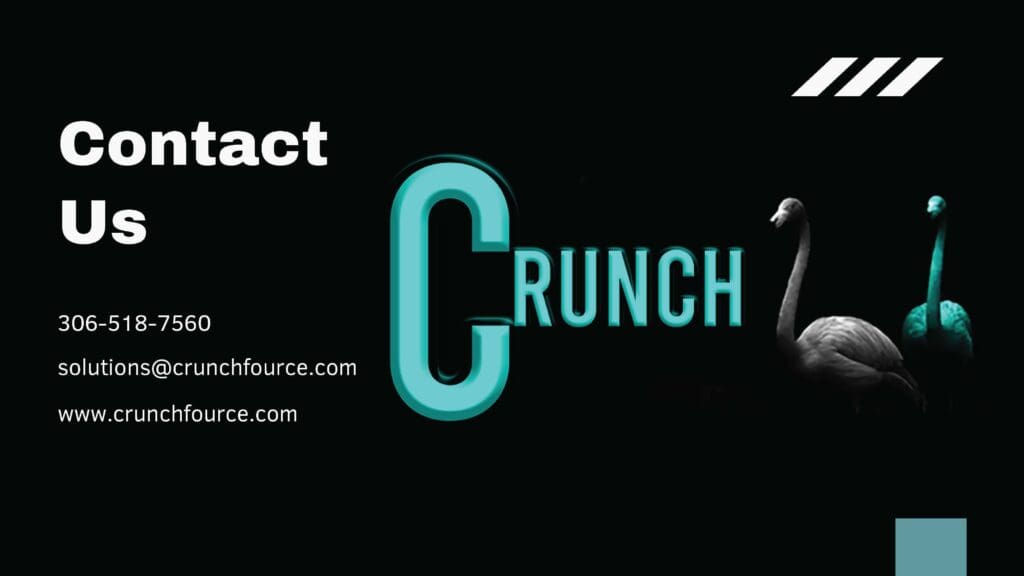Do you have a product or service that you’d like to sell? Then, good news: you have the makings of a great marketing plan! In truth, writing a marketing plan can be daunting. You may not know where to start or how to organize your information. It’s easy to get overwhelmed by all the tasks involved in pulling together your plan. However, if you follow these steps, writing an outstanding marketing plan will be much easier than you think:
Define your target audience.
As you create your marketing plan, it’s important to define your target audience. This will help you understand their needs and wants, as well as their demographics and psychographics. These factors will inform the rest of your marketing strategy by helping you determine what kind of messages to send out to potential customers that are likely to resonate with them.
Your target market is defined by characteristics like age, gender and location. You can also narrow down the scope further by identifying specific behavioral patterns such as frequent online shoppers or motivations such as convenience.
Once you have a clear understanding of your target audience, it’s time to develop a marketing plan. This will help you determine how and when you want to reach out to them, as well as what kind of messages will resonate with them most effectively.
Gather the right information.
Let’s begin with the obvious: gather information on your target audience. As a marketer, you probably already have some idea of who your customers are and what they like to buy or what they need. But have you taken the time to dig into their online behaviors?
If not, you’re missing out. There’s some pretty incredible data available to marketers these days. For example, Google Trends allows you to see what people search for online—which can give you a glimpse into their interests and concerns. You can also use free tools like Facebook Insights and Twitter Analytics to learn more about your audience.
You may be surprised by what you find. For example, you might learn that an older audience isn’t as interested in the latest news as their younger counterparts are. Or that people who live in rural areas tend to be more active on Facebook than those who live in cities.
Analyze your competition.
You know that analyzing your competition is a good idea. You’re here to learn how to do it right, so let’s dig into what this means and why it matters in your marketing plan.
- What are they doing? The first step is figuring out exactly what the competition has done in the past and where they’re headed. This will help you understand their strengths and weaknesses as well as get ideas for improving on their strategy or even using it against them.
- How can you improve on their strategy? Now comes the fun part! Think about how you could use some of their strategies for yourself—maybe by creating better content or providing more value, like free shipping or coupon codes. Whatever it may be, there’s always something that could work better if someone else is already doing it well enough just now.
How can you use their strategy against them? This is where things get tricky. You want to create a strategy that’s better than what your competitors are doing, but how do you do that without copying them? The answer is simple: by using the same tactics but with a different twist! If they’re offering free shipping on orders above $50, offer free shipping on all orders instead. If they have tons of coupons for specific products or services, try to offer more value in some other way like higher quality or a better selection.
Choose your marketing tactics.
Consider what you’re trying to achieve and choose the right tactics for your business. For example, if you want to increase sales by 10%, then sending out more sales emails will help. If your goal is to get more customers, then using social media marketing might be a better option. Keep in mind that not all businesses have the same needs and resources—it’s important that you choose the most effective tactics for your specific situation. You’ll also need to consider how much time and money you have available for each tactic; with limited resources, it may be better not to try too many different things at once!
Once you’ve decided on your goals and tactics, it’s time to put them into action. Set specific timelines for each tactic so that you know when to stop using it. For example, if you’re running a Facebook ad campaign and want to see how many new leads it generates within two weeks of starting the campaign, then set a goal of 50 new leads by day 14.
Set goals and create a timeline.
You’ve identified your target market, defined your ideal client and set a budget for your campaign. Now, it’s time to create goals that are measurable and set a timeline to achieve them.
If you don’t have goals in place before launching into the marketing plan development process — or if they are too vague — you won’t know whether or not you achieved them at the end of your campaign.
You can use tools like Google Analytics to track different metrics related to website traffic (such as bounce rate and conversion rate), but there is no substitute for having a clear purpose behind each goal in mind before setting off on any marketing adventure.
When setting goals, think about: Who do I want coming through my site? How many leads do I need? Where do I want those leads to come from? What is my conversion rate going to be? What kind of ROI will this project generate for me?
Create a budget.
So now the hard part – setting a budget. Now that you armed with insight into your customer, your offer and your goals. Now we need to determine the budget. This may involve some math, before you panic, head over to our handy marketing calculator and run your numbers. This should give you a clear budget amount to reach your audience, thrill them with your offer, meet your goals and make some money!
Now that we have all this hard work done, we can start scheduled and running our campaigns. But before you head off to make your killer marketing plan, I want you to know a few more things first.
What to expect along the way
- Don’t be afraid to make mistakes. There’s no such thing as a perfect first draft or a flawless proposal—and when you make a mistake, take it as an opportunity to improve your work by learning from your errors and tried-and-true methods in future efforts.
- Don’t be afraid to ask for help. In fact, seek out mentors who will give constructive criticism on your ideas so that they can become better than ever before!
- Don’t be afraid to make changes. The first version of your new marketing campaign is probably not going to win any awards. But that is ok, no one’s does. Make tweaks and changes along the journey. Always be Optimizing. You will get insights from you campaigns that show what is working and what is not.
- You go this!
In the end, marketing is a lot about understanding your audience and knowing what to do for them. If you’re not sure what to do with your marketing plan, we can help! We know the ins and outs of the whole process from start to finish—and have plenty of experience helping our clients get results. Reach out if you want help crafting an effective plan that will actually deliver results, give us a call today.















